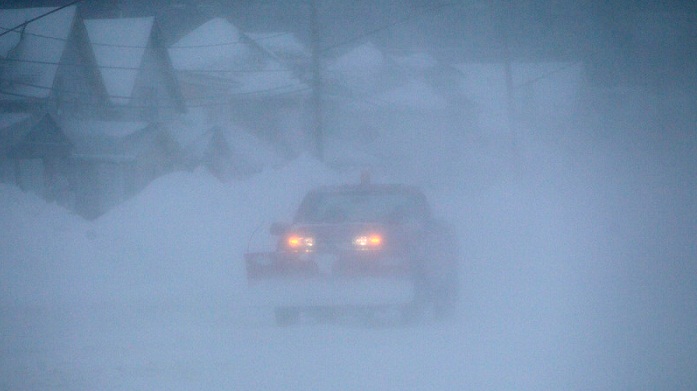Not in many places, is the surprising answer. Snow requires moist air, and a warmer atmosphere holds more moisture.
Although it also has to be cold to snow, it can’t be too cold. More than a few degrees below freezing, heavy snowfall becomes less likely because very cold air is drier and less likely to rise and form clouds.
So in broad terms, a warmer world should mean fewer days of snowfall, but heavier snowfall on those days when it does snow. In very cold regions, towards the poles, there will be more days of snow, too.
The heaviest snowfalls occur during winter storms, which are powered mainly by the temperature difference between cold and warm air masses. The so called nor’easter storms that hit the US east coast are the result of very cold air from Canada meeting warm, moist air from the Atlantic.
The Atlantic is currently abnormally warm – partly as a result of global warming – which means the air above it is warmer and more moist than usual. This is one of the factors making the current storm so strong. The prediction is that nor’easters will grow even stronger as the world warms further.
More about:
















































